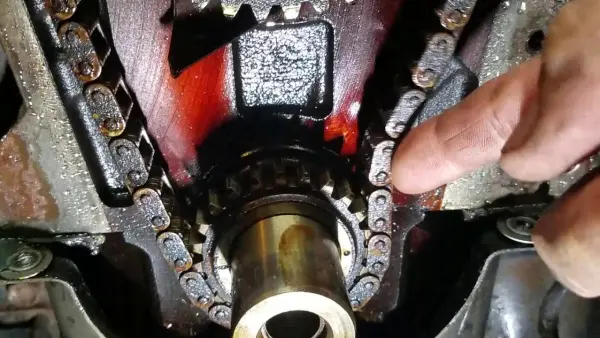
Every car owner knows the importance of regular maintenance to keep their vehicle running smoothly. One crucial component that often gets overlooked is the timing belt. Timing belt replacement is a critical task that should not be neglected, as a faulty or worn-out belt can lead to severe engine damage and costly repairs. In this comprehensive guide, well delve into the intricacies of timing belt replacement, covering everything from why its essential to the steps involved in the process.
Understanding the Importance of Timing Belt Replacement
The timing belt is a crucial component that synchronizes the rotation of the camshaft and crankshaft, ensuring that the engines valves open and close at the correct intervals. A worn or broken timing belt can cause significant engine damage, as the valves may collide with the pistons, resulting in bent valves, damaged pistons, and potentially a costly engine rebuild.
While manufacturers typically recommend replacing the timing belt at specific mileage intervals, its essential to pay attention to any warning signs that may indicate a failing belt. These signs can include a high-pitched whining noise, engine misfiring, or a loss of power. Ignoring these warning signs can lead to disastrous consequences, making timing belt replacement a crucial preventative measure.
Preparing for Timing Belt Replacement
Before diving into the replacement process, its crucial to gather the necessary tools and resources. This includes acquiring the correct timing belt kit for your vehicle, which typically includes the belt, tensioners, and other related components. Additionally, youll need basic hand tools, such as wrenches, sockets, and specialized timing belt tools, if required.
Its also essential to consult your vehicles service manual or seek guidance from a professional mechanic to ensure you follow the correct procedures for your specific make and model. Timing belt replacement can be a complex task, and any missteps can lead to costly mistakes.
The Timing Belt Replacement Process
The timing belt replacement process typically involves several steps, including:
- Accessing the Timing Belt Area: This may involve removing various components, such as the engine cover, accessory belts, and other parts, to gain access to the timing belt.
- Locking the Camshafts and Crankshaft: To prevent the camshafts and crankshaft from rotating out of sync, its crucial to use locking tools or specific procedures outlined in your service manual.
- Removing the Old Timing Belt: Once the components are locked in place, the old timing belt can be carefully removed, taking note of its routing and any specific markings or alignment guides.
- Inspecting and Replacing Related Components: During the replacement process, its recommended to inspect and replace other related components, such as idler pulleys, tensioners, and water pumps (if driven by the timing belt).
- Installing the New Timing Belt: Following the specific routing and alignment procedures, the new timing belt is carefully installed, ensuring proper tension and alignment.
- Verifying Timing and Releasing Locks: After the new belt is installed, the camshafts and crankshaft must be verified for proper timing alignment before releasing the locking tools or procedures.
- Reassembling and Testing: Once the timing belt replacement is complete, all removed components are reinstalled, and the engine is started and tested for proper operation.
Throughout the process, its crucial to follow the manufacturers recommendations and take necessary precautions, such as using appropriate tools and safety equipment. Timing belt replacement can be a complex task, and seeking professional assistance is recommended for those who lack the necessary skills or experience.
Conclusion
Timing belt replacement is a critical maintenance task that should not be overlooked. By understanding the importance of this component and following the proper procedures, you can ensure the longevity and smooth operation of your engine. While the process may seem daunting, with the right tools, resources, and guidance, you can tackle this task confidently or seek the assistance of a professional mechanic. Remember, neglecting timing belt replacement can lead to costly repairs and potential engine failure, making it a worthwhile investment in the long run.
限會員,要發表迴響,請先登入


